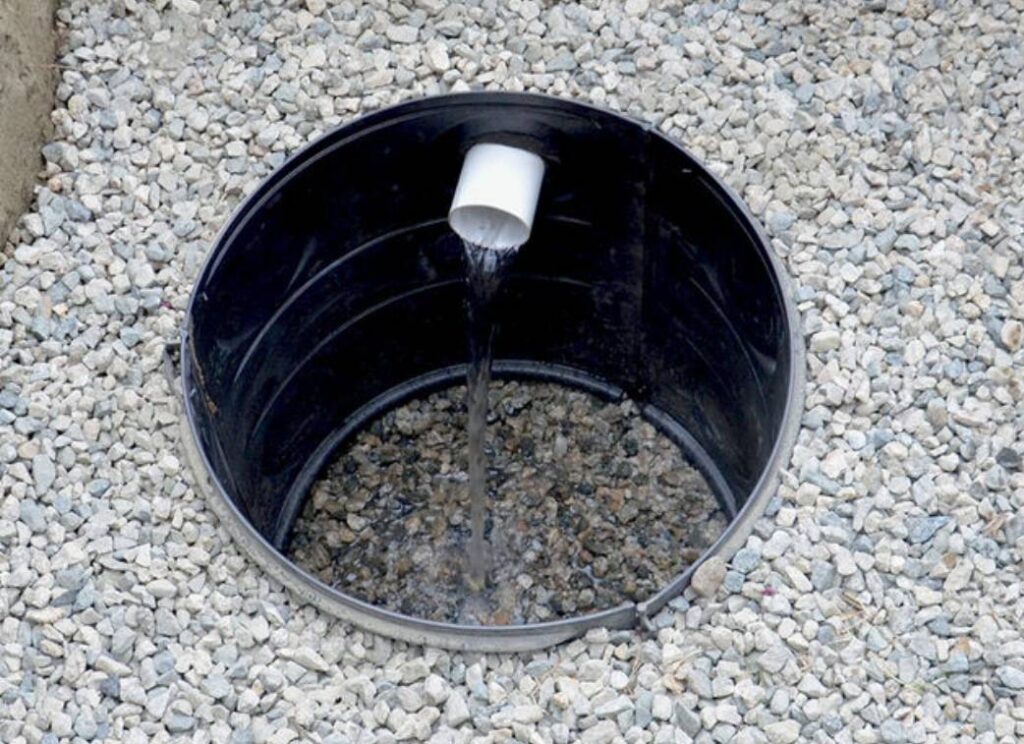Dry wells play a vital role in managing stormwater by safely directing runoff underground. These structures help prevent flooding, reduce erosion, and protect your property from water damage. Using dry wells is a simple yet effective way to control water on your property, especially in areas prone to heavy rainfall or poor drainage.
By channeling excess water underground, dry wells reduce surface pooling that can damage landscaping and foundations. They also help maintain the natural water cycle by promoting groundwater recharge and supporting environmental health.
Dry wells are underground containers, often perforated, filled with gravel or similar porous materials. They collect stormwater from roofs, driveways, or other surfaces through connected pipes. The water then gradually seeps into the surrounding soil, keeping runoff from accumulating on the surface.
This system reduces erosion and flood risks around homes and buildings. Additionally, dry wells prevent standing water, which helps reduce mosquito breeding areas and other related problems.

Using dry wells offers many benefits, including flood protection, erosion reduction, and groundwater recharge. They divert excess stormwater away from vulnerable areas like foundations and low-lying yards, reducing the risk of water damage. Dry wells also lessen the load on municipal storm drains by managing runoff onsite.
Because dry wells are buried underground, they do not disrupt your landscaping or outdoor space. Their simple, durable design makes them cost-effective and low-maintenance, suitable for both residential and commercial properties.

Proper maintenance keeps dry wells functioning well over time. Sediment, leaves, and debris can clog the system, slowing drainage and causing surface water buildup that defeats its purpose.
To maintain dry wells, regularly inspect for standing water after storms, keep gutters and downspouts clean, and schedule professional cleanings to remove sediment and blockages. Routine care prevents costly repairs and ensures your drainage system continues protecting your property.
Dry wells provide a sustainable solution by allowing stormwater to be absorbed naturally underground. This reduces flood risks and erosion while replenishing groundwater supplies, making them environmentally friendly.
If your property struggles with heavy rainfall or water pooling, dry wells offer a discreet and reliable drainage method that integrates well with other green infrastructure, such as rain gardens or permeable pavements.
Proper installation and maintenance of dry wells are essential for lasting drainage performance. Well-designed systems tailored to your property’s specific needs provide peace of mind and effectively protect against costly stormwater damage year-round.
Contact Hoffman Reconstruction LLC for professional dry well installation and maintenance services. Check out our blog for valuable stormwater management tips and expert advice to keep your drainage system functioning optimally.